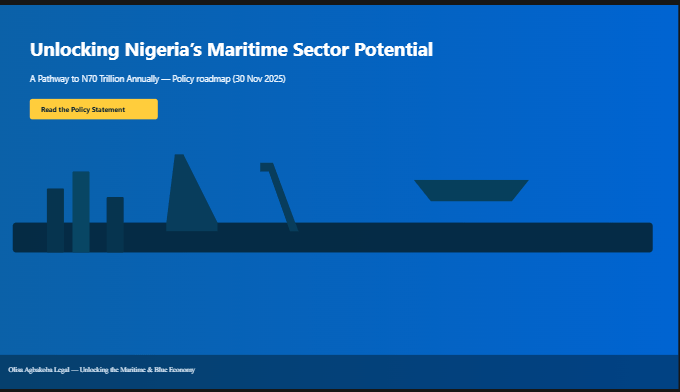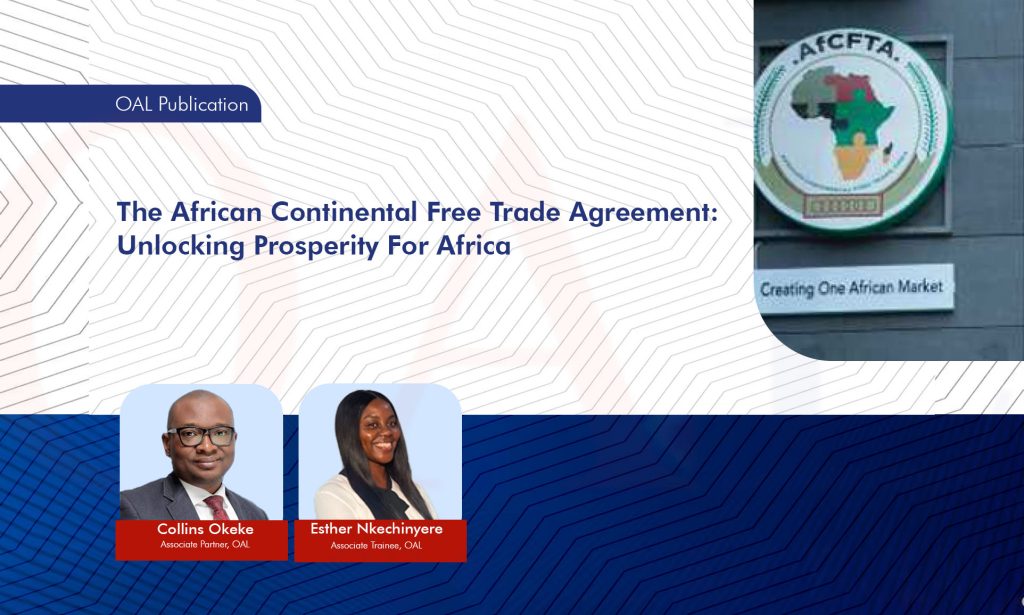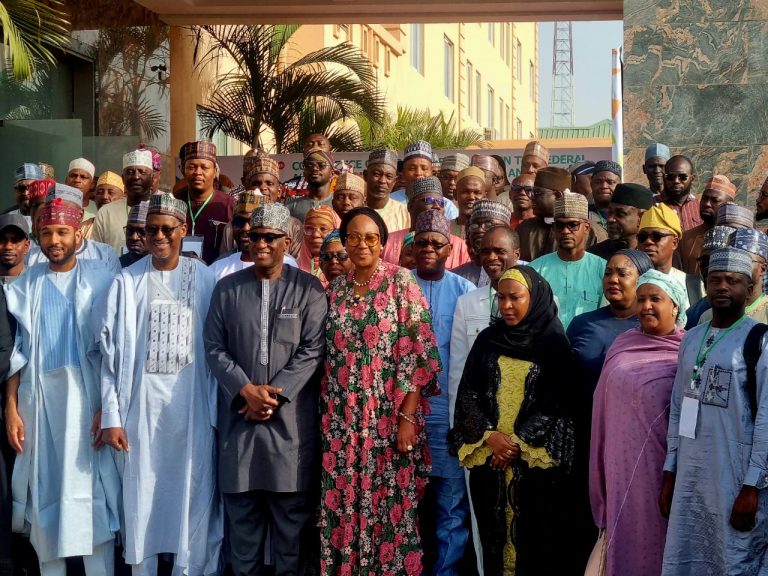
The African Continental Free Trade Agreement: Unlocking Prosperity For Africa

On a mission to spur economic integration and growth in Africa, African nations have joined hands to create the African Continental Free Trade Area (AfCFTA). According to Investopedia, a free trade area is a region in which two or more nations have signed a free trade agreement to reduce barriers to imports and exports among them. Under a free trade policy, goods and services can be bought and sold across international borders with little or no government tariffs, quotas, subsidies, or prohibitions to inhibit their exchange. AfCFTA is proposed to be the largest free trade area in the world in terms of the number of participating countries. 54 of 55 African Union member states have signed the groundbreaking agreement establishing the AfCFTA that seeks to remove trade barriers and promote intra-African trade, benefiting both businesses and ordinary people across the continent. Of the 55 African Union nations, only Eritrea has yet to join.
WHAT IS THE AFRICAN CONTINENTAL FREE TRADE AGREEMENT (AfCFTA)?
The AfCFTA has been described as an ambitious trade pact to form the world’s largest free trade area by creating a single market for goods and services of almost 1.3bn people across Africa and deepening the economic integration of Africa. It was launched on January 1, 2021 and is primarily designed to foster trade-centred growth within Africa. The trade area could have a combined gross domestic product of around $3.4 trillion. By removing tariffs and other barriers to trade, the agreement aims to create a more conducive environment for businesses to thrive and contribute to the continent’s economic transformation. As at February 2023, 46 countries have both signed and deposited their instruments of AfCFTA ratification with the African Union Commission (AUC) Chairperson. AfCFTA aims to promote trade liberalisation, market-oriented reforms, and economic growth in Africa and to increase the size, diversity, and integration of African economies and markets
OBJECTIVES OF THE AfCFTA
The Agreement, which was signed in Rwanda on March 21, 2018, aims to transform Africa from its current state, characterised by 107 distinct borders, high tariffs on goods, and limitations on movement, into a unified and cooperative region. The goal is to establish an integrated market with reduced tariff and non-tariff barriers, fostering better connections among groups of countries within the continent.
The general objectives of the AfCFTA are to:
(a) create a single market for goods, services, facilitated by the movement of persons in order to deepen the economic integration of the African continent and in accordance with the Pan African Vision of “An integrated, prosperous and peaceful Africa” enshrined in Agenda 2083;
(b) create a liberalised market for goods and services through successive rounds of negotiations;
(c) contribute to the movement of capital and natural persons and facilitate investments building on the initiatives and developments in the State Parties and Regional Economic Communities (RECs);
(d) lay the foundation for the establishment of a Continental Customs
Union at a later stage;
(e) promote and attain sustainable and inclusive socio-economic development, gender equality and structural transformation of the State Parties;
(f) enhance the competitiveness of the economies of State Parties within the continent and the global market;
(g) promote industrial development through diversification and regional value chain development, agricultural development and food security; and resolve the challenges of multiple and overlapping memberships and expedite the regional and continental integration processes
Also read: Understanding Different Types Of Employment Arrangements
WHAT DOES AFRICA STAND TO GAIN?
-
Boosting Intra-African Trade:
One of the primary goals of the AfCFTA is to increase trade among African countries. According to the United Nations Conference on Trade and Investment (UNCTAD), intra-African exports were 16.6% of total exports in 2017, compared with 68.1% in Europe, 59.4% in Asia, 55% in America and 7% in Oceania. By promoting intra-African trade, the agreement seeks to unlock new economic opportunities for businesses and foster regional integration.
-
Job Creation and Economic Growth:
With increased trade comes job creation. By facilitating the flow of goods and services within the continent, businesses can expand, leading to more employment opportunities for the growing African population. As businesses thrive, so does the overall economic growth of the continent.
-
Diversification and Industrialisation:
The AfCFTA encourages African countries to diversify their economies and reduce reliance on traditional commodities. By creating a larger market, businesses can expand their product offerings and invest in manufacturing and value-added industries. This can lead to greater industrialisation and sustainable economic development.
-
Poverty Reduction:
A prosperous and integrated Africa can help lift millions of people out of poverty. As economies grow, governments can invest in education, healthcare, and infrastructure, improving the standard of living for citizens across the continent.
-
Increased Market Access and Competitive Advantage:
Businesses will gain access to a broader market with over 1.3 billion consumers, making it easier for them to expand their reach and grow their customer base. Businesses can tap into the comparative advantages of different countries within the continent. For example, a country with abundant natural resources can export them to other nations with manufacturing capabilities, creating a win-win situation.
-
Foreign Investment Attraction:
In a 2020 report, the World Bank estimated that by 2035, real income gains from full implementation of the agreement could be 7%, or nearly $450bn. By 2035, the volume of total exports would increase by almost 29% relative to business as usual. Intra-continental exports would increase by more than 81%, while exports to non-African countries would rise by 19%. The AfCFTA’s potential for economic growth and market integration makes Africa an attractive destination for foreign investors. More foreign investments can lead to infrastructure development, job creation, and technology transfer.
CONCLUSION
The African Continental Free Trade Agreement holds immense promise for the future of Africa. By encouraging intra-African trade and economic cooperation, it has the potential to transform the continent and improve the lives of millions. With the support of African governments, businesses, and citizens, the AfCFTA can unlock a new era of prosperity and progress for Africa as a whole.
REFERENCES:
- The World Bank, “New 2022 AfCFTA report – Making the most of the AfCFTA”, July 27, 2020
- H.E. Wamkele Mene (Secretary General, AfCFTA Secretariat) at the 2023 Zenith Bank International Trade Seminar, August 8, 2023
- African Business, “What you need to know about the African Continental Free Trade Area” by David Thomas, May 18, 2022.
Contributors

Collins Okeke
Partner




